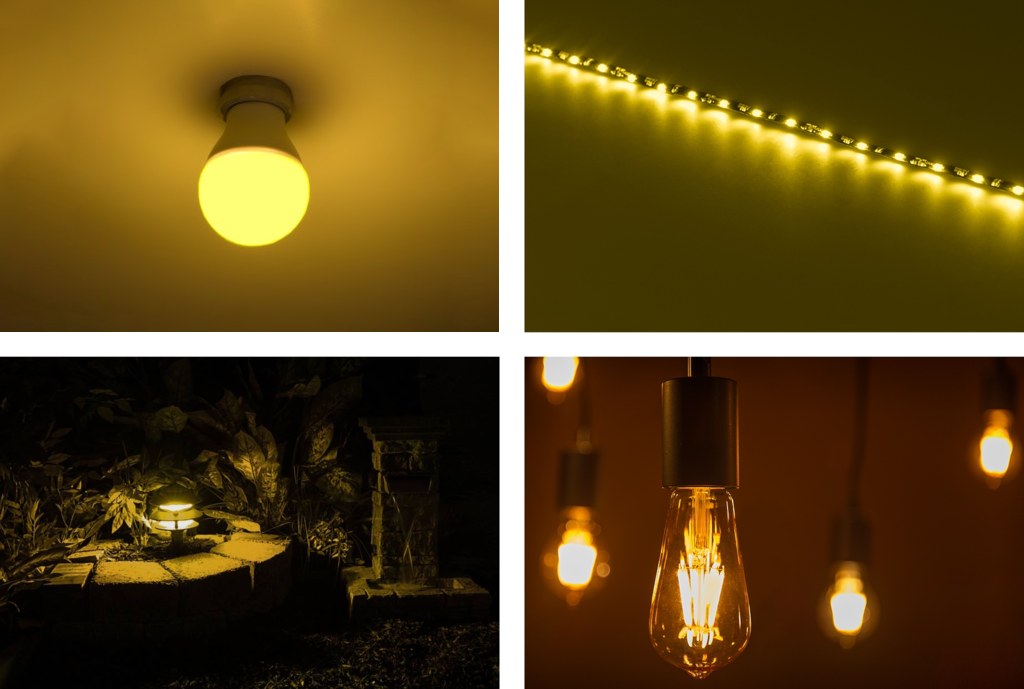Lights that emit a majority of longer wavelengths yellow orange red colors are less visible.
Lights that bugs are not attracted to.
They were more enticing than the warm led to two insect orders that many people consider pesky.
There s been a few scientific studies to address the issue.
A bug light works by emitting light that is invisible to bugs and insects or by being too dim for the bugs to notice the light.
Hemiptera which includes so called stink bugs and pincer.
Most insects are unable to see light with a wavelength longer than 650 nanometers.
Why some bugs are attracted to light.
Many bugs cannot see certain colors such as the yellow light in bug lights reports the website pest cemetery.
Since many bugs navigate by light sources like the moon or sun they re attracted to light they can see.
The bugs that are most commonly associated with flying into porch lamps like moths and flies are positively phototactic meaning that they are attracted to light and tend to flock toward it.
Some bugs are attracted to lights while others are repelled by it.
If they cannot see the light they are not attracted to the area to forage for food.
Unfortunately yellow light bulbs do not actively repel insects the bulbs simply attract fewer insects.
So what s the difference.
However most bugs are attracted to short wavelengths of light and are especially drawn to uv light.
Bugs are attracted to a colour spectrum rather than a specific type of light bulb.
There s been some speculation as to whether or not led lights attract insects.
But the bug lights had a downside.
If no bugs come to hang out the end effect is similar to a bug repellent.
Turn on your porch light after sunset and you will be treated to an aerial display by dozens if not hundreds of bugs.
Phototaxis is the scientific term for how an organism s body reacts to light.
They re very commonly described as tiny green flying bugs that attract light.
There are a few common pests that this could be.
But some insects like cockroaches are negatively phototactic and they will scurry away when the light comes on mike mclean spokesperson for the.
Bulbs that emit more short wavelengths of light cool white bluish color will attract more bugs.
Artificial lights attract moths flies crane flies mayflies beetles and all sorts of other insects you may even find frogs and other insect predators hanging around your porch at night taking advantage of the easy pickings.
Red light is invisible to a moth and yellow light at about 580 nanometers is difficult for most insects to see.
No bug light actually repels bugs.
The insects are attracted to the light in swarms and surprisingly end up in lighting shades trays and bulbs at times.
They can see it better and some use it for navigation.

